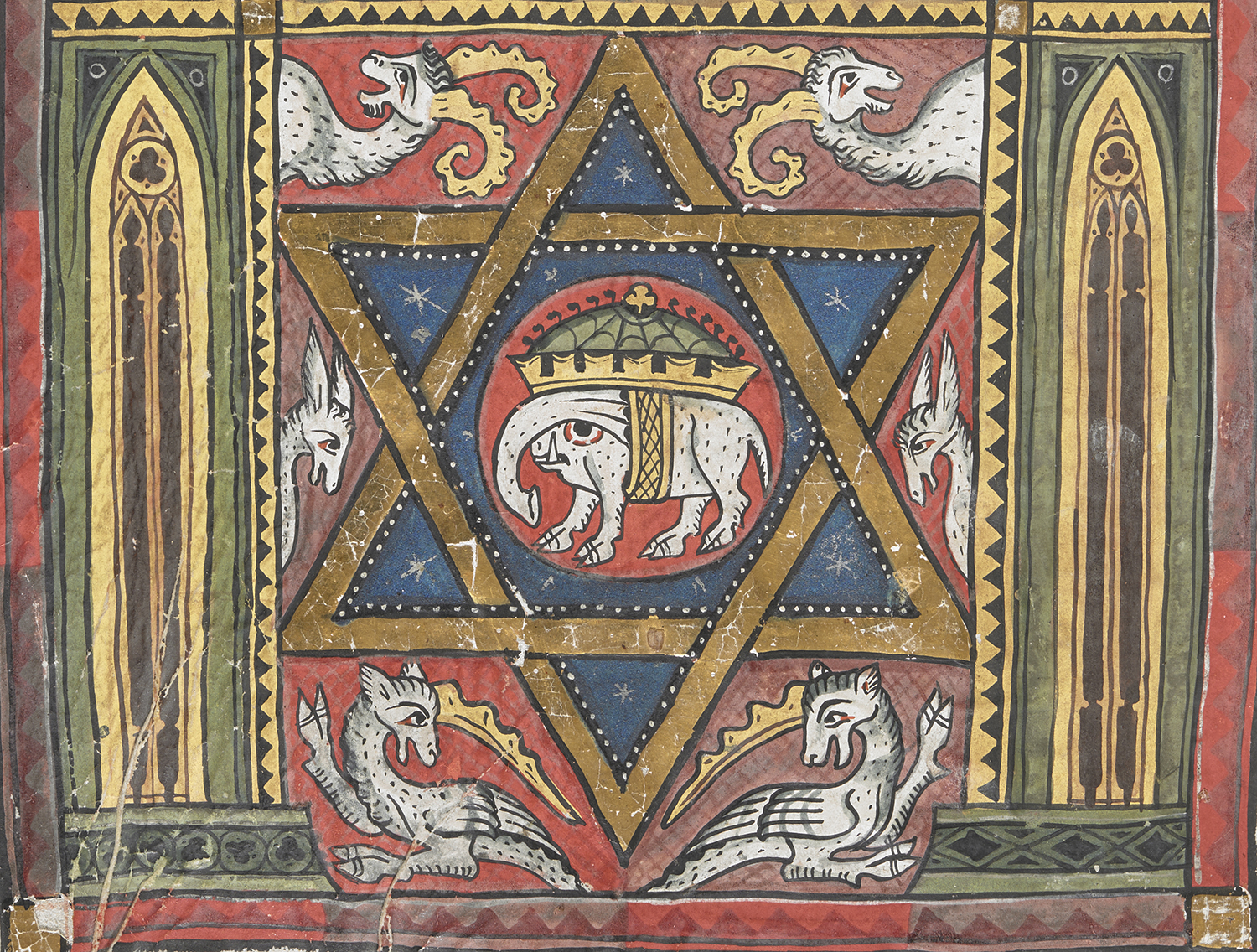

Harriot's work therefore has to be reconstructed from his manuscripts. However, unlike his famous Italian contemporary, Harriot did not publish any of his scientific results, the only exception being a small report on his voyage to the New World that he undertook as versatile expert in the service of his first patron, Sir Walter Ralegh. In particular, topics of practical mathematics and natural philosophy that concerned also Galileo, such as fortification, shipbuilding, astronomy, optics, and mechanics, play a central role in Harriot's work. The work of the English mathematician and philosopher Thomas Harriot (1560-1621) is amazingly broad, ranging from the concern with linguistic and ethnological questions to the theory of algebraic equations. Please cite as:"Jacqueline Stedall, Matthias Schemmel, Robert Goulding:ĭigital edition of Thomas Harriot's manuscripts, 2012–.
BRITISH LIBRARY MANUSCRIPTS ONLINE ARCHIVE
Please contact the corresponding archive or collection directly or send a mail toįor general information concerning the respective copyright policies of these institutions,Īccess to manuscript collection by topics Index of topics Unless stated otherwise the archival material published on this website may not be used for publication or commercial purposes withoutĮxplicit and written permission from the respective institutions and/or individuals who own the copyright. The editors are Jacqueline Stedall†, Matthias Schemmel, and Robert Goulding. This project is the result of scholarly work. I Thomas Harriot (1560–1621): life and work Max Planck Institute for the History of Science, Germany Klaus Thoden (Max Planck Institute for the History of Science, partly funded by DM2E) Matthias Schemmel (Max Planck Institute for the History of Science), Jacqueline Stedall† (University of Oxford), Robert Goulding (University of Notre Dame)Įsther Chen, Urs Schoepflin (Max Planck Institute for the History of Science)ĭirk Wintergrün (Max Planck Institute for the History of Science), This structure can be navigated through sequences of clickable maps. Within each topic, there are further subdivisions, down to small related groups of manuscript pages. We have therefore classified the papers into several main topics: navigation, mechanics, optics, algebra, geometry, astronomy, and so on. The Project "The manuscripts of Thomas Harriot (1560–1621)"aims not only to publish Harriot’s surviving papers but to organize them in such a way that readers can find their way more easily through the disordered raw material. The greatest beneficiaries are scholars, who can pore over beautiful, fragile documents and artwork from wherever they work, without damaging the old materials.The manuscripts of Thomas Harriot (1560–1621)

With this technology, it’s possible to see things that the naked eye would miss.Ī separate archive houses rare Persian texts, including this pocket encyclopedia. Zoom in as close as you like to examine the delicate flowers and script (click the screenshots to zoom into each painting). The joy of the archive, which includes works from the British Museum and India Office Library, is how close we can get to the work.

Most miniatures included human figures, including depictions of the prophet Muhammed that showed his face, and “illuminated” ornamental borders. The paintings, often accompanied by beautiful Persian texts, are meticulously preserved, making available delicate treasures on par with, if not more beautiful than other illuminated manuscripts like the Book of Kells.īecause the miniatures were meant to be enjoyed in private, in books, artists could be freer with their subjects than with public wall paintings. Thousands of these miniatures-known for their bright and pure coloring-are now included in a new digital archive developed by the British Library.


 0 kommentar(er)
0 kommentar(er)
